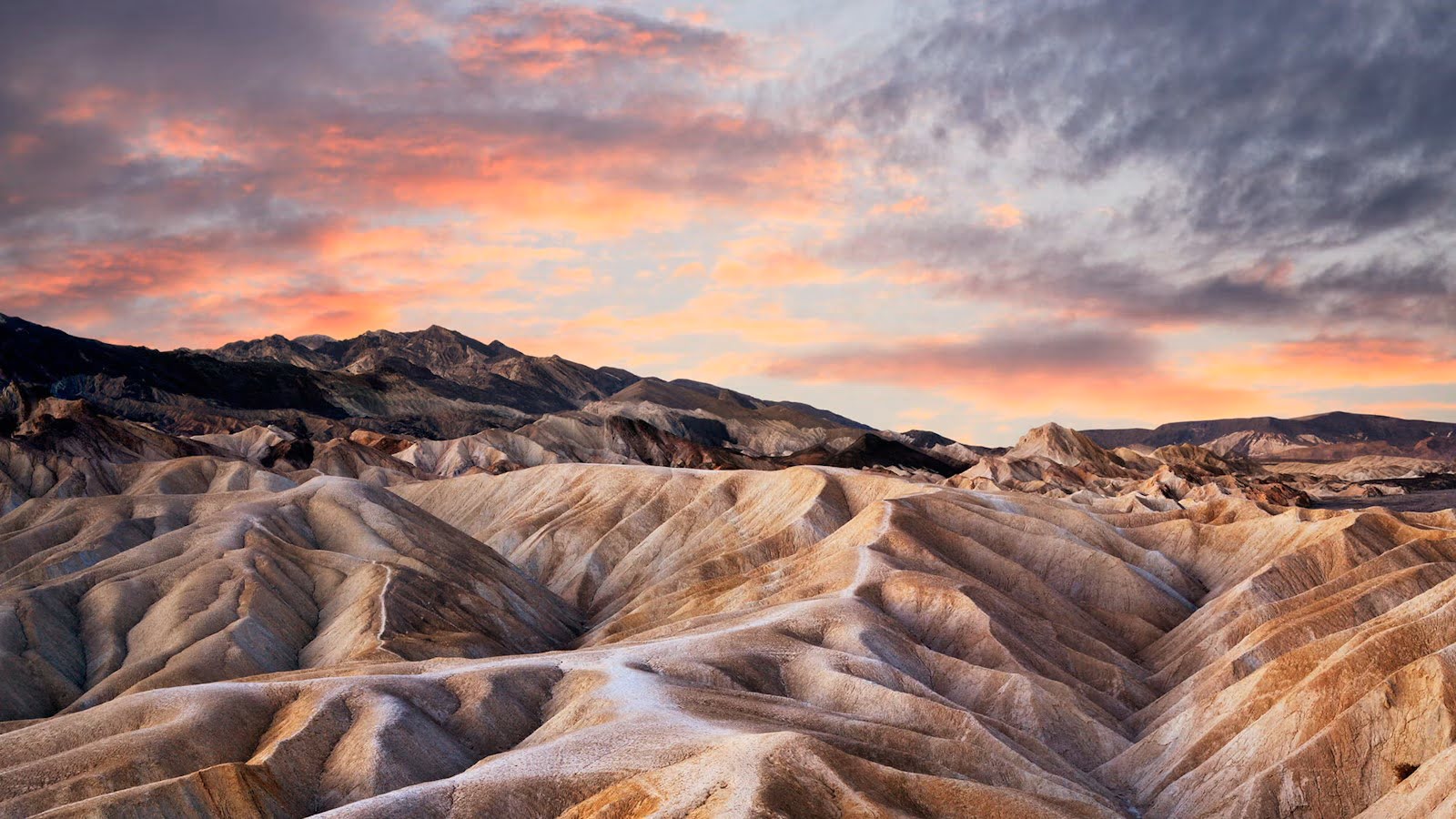Death Valley National Park – California’s Extreme Landscape

Death Valley National Park in California offers an extreme landscape unlike any other. Known for its scorching temperatures, this park holds the record for the highest temperature ever recorded on Earth. But there's more to this place than just heat. Visitors can explore vast salt flats, towering sand dunes, and colorful badlands. The park also features unique wildlife adapted to the harsh environment. Whether you're hiking through canyons or stargazing at night, Death Valley provides a unique adventure. Don't forget to bring plenty of water and sun protection. Ready to experience one of the most extreme places on the planet?
Death Valley National Park: A Land of Extremes
Death Valley National Park in California is a place of stark contrasts and extreme conditions. From scorching temperatures to stunning landscapes, this park offers a unique experience for adventurers. Let's explore some of the must-visit spots in this incredible park.
Mesmerizing Sand Dunes
The park's sand dunes are a sight to behold. These vast, rolling dunes create a surreal landscape that looks like something out of a dream.
- Mesquite Flat Sand Dunes: Located near Stovepipe Wells, these dunes are the most accessible and popular. Perfect for sunrise or sunset photography.
- Eureka Dunes: The tallest dunes in California, reaching up to 680 feet. They are remote and less visited, offering a sense of solitude.
- Panamint Dunes: These dunes require a bit of a hike to reach but reward visitors with stunning views and fewer crowds.
Breathtaking Vistas
Death Valley is home to some of the most breathtaking vistas in the United States. These viewpoints offer panoramic views of the park's diverse landscapes.
- Dante's View: Perched at 5,475 feet, this viewpoint provides a sweeping view of the valley floor below. On a clear day, you can see both the highest and lowest points in the contiguous U.S.
- Zabriskie Point: Famous for its eroded, colorful badlands, this spot is a favorite for photographers, especially during sunrise.
- Artist's Palette: A scenic drive through Artist's Drive leads to this viewpoint, where mineral deposits create a vibrant display of colors on the hillsides.
Unique Geological Formations
The park's unique geological formations are a testament to the power of nature. These formations are both fascinating and beautiful.
- Badwater Basin: The lowest point in North America at 282 feet below sea level. The salt flats here create a vast, otherworldly landscape.
- Devil's Golf Course: A field of jagged salt formations that look like they belong on another planet. The name comes from the idea that only the devil could play golf on such rough terrain.
- Ubehebe Crater: A large volcanic crater formed by a massive steam explosion. It's a striking sight and offers hiking opportunities around its rim.
Hidden Oases
Amidst the harsh desert environment, Death Valley hides several lush oases that provide a stark contrast to the surrounding arid landscape.
- Furnace Creek: Home to the park's visitor center, this oasis features palm trees, a golf course, and even a resort. It's a great place to cool off and learn more about the park.
- Scotty's Castle: Though currently closed for repairs, this historic mansion in the Grapevine Mountains offers a glimpse into the park's past and the life of a colorful character named Death Valley Scotty.
- Darwin Falls: A hidden gem, this waterfall is a rare sight in the desert. A short hike leads to this lush, green oasis with flowing water.
Historical Sites
Death Valley has a rich history, from Native American heritage to mining and early tourism. These historical sites offer a glimpse into the past.
- Harmony Borax Works: Once a bustling borax mining operation, this site now features ruins and interpretive signs explaining the history of borax mining in the area.
- Rhyolite Ghost Town: Just outside the park, this ghost town offers a look at the boom-and-bust cycle of mining towns. Explore the remnants of buildings and the famous Bottle House.
- Charcoal Kilns: Located in Wildrose Canyon, these beehive-shaped kilns were used to produce charcoal for smelting silver ore. They are remarkably well-preserved and offer a glimpse into the park's mining history.
Stargazing Opportunities
Death Valley's remote location and clear skies make it one of the best places for stargazing in the United States. The lack of light pollution allows for incredible views of the night sky.
- Harmony Borax Works: This historical site doubles as a great stargazing spot. The ruins add an eerie, beautiful foreground to the starry sky.
- Mesquite Flat Sand Dunes: The wide-open space of the dunes provides an unobstructed view of the night sky. Lay back on the sand and watch for shooting stars.
- Badwater Basin: The vast salt flats create a reflective surface that enhances the stargazing experience. It's a surreal and unforgettable sight.
Embracing the Extremes of Death Valley
Death Valley National Park offers a unique experience unlike any other. From the scorching heat of Badwater Basin to the stunning views at Dante's View, this park is a testament to nature's extremes. Exploring the Mesquite Flat Sand Dunes or hiking through Golden Canyon provides unforgettable adventures. Remember to stay safe by carrying plenty of water and avoiding the midday sun. Whether you're a seasoned hiker or just looking for a scenic drive, Death Valley has something for everyone. Visiting during the cooler months can make your trip more enjoyable. Don't miss the chance to witness the vibrant wildflower blooms in spring. This park's diverse landscapes and extreme conditions make it a must-see destination for any nature lover. Embrace the challenge and beauty of Death Valley, and you'll leave with memories that last a lifetime.

